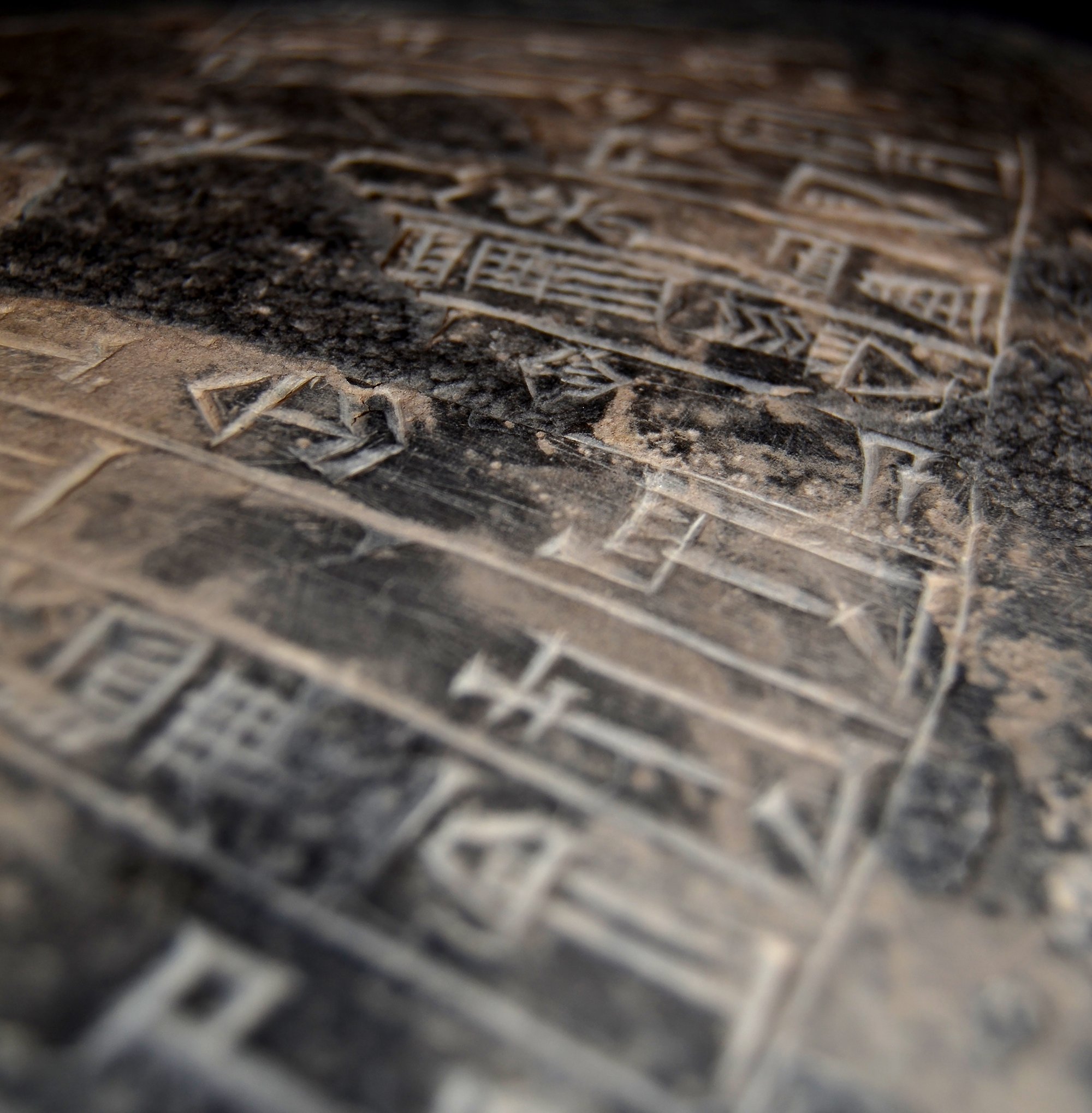
Uruk-Warka Collection
The Uruk-Warka collection is a loan granted by the German Archaeological Institute to the collection of Heidelberg University (Ruprecht-Karls-Universität Heidelberg). It is one of the largest collections of Mesopotamian artefacts in Germany. The archived and partially exhibited finds come from the DAI's long-term excavations inside the ancient city of Uruk. They impart the history and cultures of Sumer and Babylonia in today's Southern Iraq.
Uruk is known as one of the world's earliest metropolises. The city was home to the legendary king Gilgamesh, as according to ancient written sources. Uruk, whose impressive buildings were built as early as 5,500 years ago, is considered a centre of early innovations and the place of origin of the development of cuneiform script.
In addition to written testimonies, the collection also contains ordinary objects that show the changes of ancient urban life over the millennia. These include pottery vessels from houses, temples and palaces, fragments from architecture, clay figures as testimonies of religious belief, as well as tools. The written sources, in fact clay tablets containing Sumerian and Akkadian cuneiform texts, illustrate Mesopotamia's history of cuneiform writing from its advent to its end.
The exhibition is designed as a study collection by which the interested can familiarise with the history and cultures of Southern Mesopotamia through the diversity of its objects. Researchers and students can examine the artefacts more closely and carry out scholarly work on them.
Further information about the collection, visits and contact details can be found on the Heidelberg University website.
Contact
To enquire please write to:
Orient-Abteilung
Podbielskiallee 69-71
14195 Berlin
Deutschland
